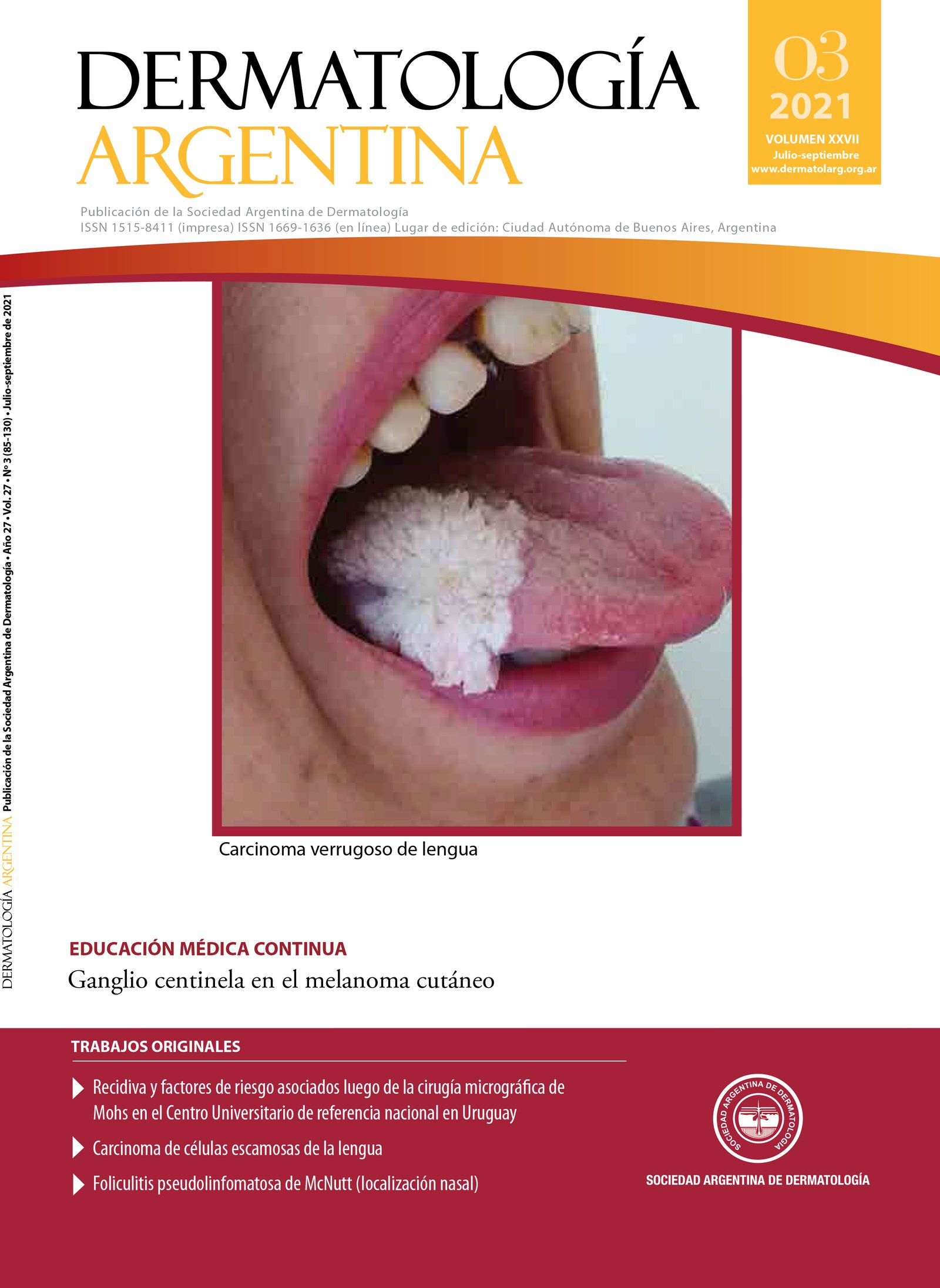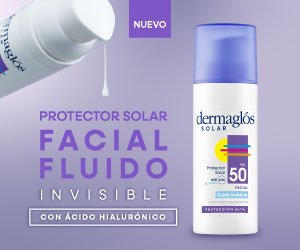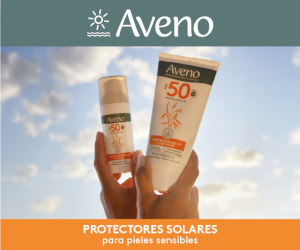Cutaneous graft-versus-host disease versus toxic epidermal necrolysis in a hematopoietic stem cell transplant recipient
DOI:
https://doi.org/10.47196/da.v27i3.2120Keywords:
graft versus host disease, toxic epidermal necrolysis, acute graft versus host disease, cutaneous graft versus host diseaseAbstract
The differential diagnosis between severa graft-versus-host disease (stage IV) and toxic epidermal necrolysis can be difficult in the context of a transplant patient, since both conditions have similar clinical presentations. However, the distinction between these two entities is critical because they produce great morbidity and mortality and their management and prognosis differ. Some small clinical and histopathological differences ahre of great help for the differential diagnosis, and the dermatologist must recognize them in order to take a correct and timely conduct. We present the case of a patient who developed blisters and epidermolysis after hematopoietic cell transplantation, and in whom the diagnostic difficulty to differentiate between the two entities was raised.
References
I. Goiriz R, Peñas P, Pérez-Gala S, Delgado-Jiménez Y, et ál. Stage IV cutaneous acute graft-versus-host disease. Clinical and histological study of 15 cases. J Eur Acad Dermatol Venereol. 2009;23:1398-1404.
II. Strong Rodrigues K, Oliveira-Ribeiro C, de Abreu Fiuza Gomes S, Knobler R. Cutaneous Graft-versus-host disease: diagnosis and treatment. Am J Clin Dermatol. 2018;19:33-50.
III. Diego MC de, Stringa M, Eimer L, Suar L, et ál. Enfermedad injerto contra huéped aguda y sus manifestaciones cutáneas: estudio retrospectivo en pacientes con trasplante alogénico de precursores hematopoyéticos. Dermatol Argen. 2013;19:26-33.
IV. Dodiuk-Gad RP, Chung W-H, Valeyrie-Allanore L, Shear NH. Stevens-Johnson syndrome and toxic epidermal necrolysis: an update. Am J Clin Dermatol. 2015;16:475-493.
V. Marra DE, McKee PH, Nghiem P. Tissue eosinophils and the perils of using skin biopsy specimens to distinguish between drug hypersensitivity and cutaneous graft-versus-host disease. J Am Acad Dermatol. 2004;51:543-546.
VI. Lehman JS, Gibson LE, El-Azhary RA, Chavan RN, et ál. Acute cutaneous graft-vs.-host disease compared to drug hypersensitivity reaction with vacuolar interface changes: a blinded study of microscopic and immunohistochemical features. J Cutan Pathol. 2015;42:39-45.
VII. Naik H, Lockwood S, Saavedra A. A pilot study comparing histological and immunophenotypic patterns in stage 4 skin graft vs host disease from toxic epidermal necrolysis. J Cutan Pathol. 2017;44:857-860.
VIII. Min SS, Mehra V, Clay J, Cross GF, et ál. Composite biomarker panel for prediction of severity and diagnosis of acute GVHD with T-cell-depleted allogeneic stem cell transplants-single centre pilot study. J Clin Pathol. 2017;70:886-890.
Downloads
Published
Issue
Section
License
Copyright (c) 2021 Argentine Society of Dermatology

This work is licensed under a Creative Commons Attribution-NonCommercial-NoDerivatives 4.0 International License.
El/los autor/es tranfieren todos los derechos de autor del manuscrito arriba mencionado a Dermatología Argentina en el caso de que el trabajo sea publicado. El/los autor/es declaran que el artículo es original, que no infringe ningún derecho de propiedad intelectual u otros derechos de terceros, que no se encuentra bajo consideración de otra revista y que no ha sido previamente publicado.
Le solicitamos haga click aquí para imprimir, firmar y enviar por correo postal la transferencia de los derechos de autor













